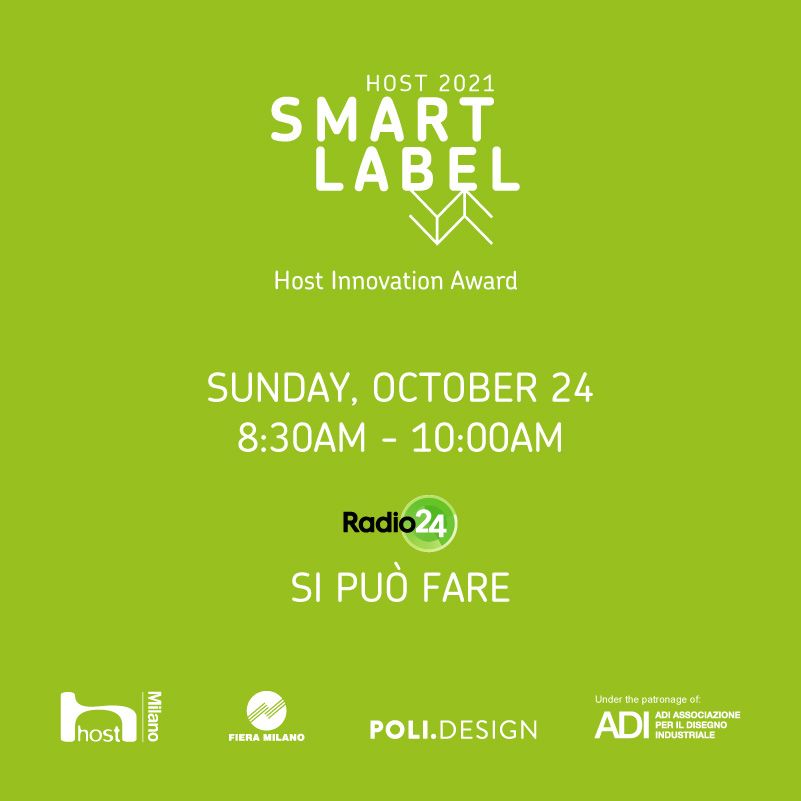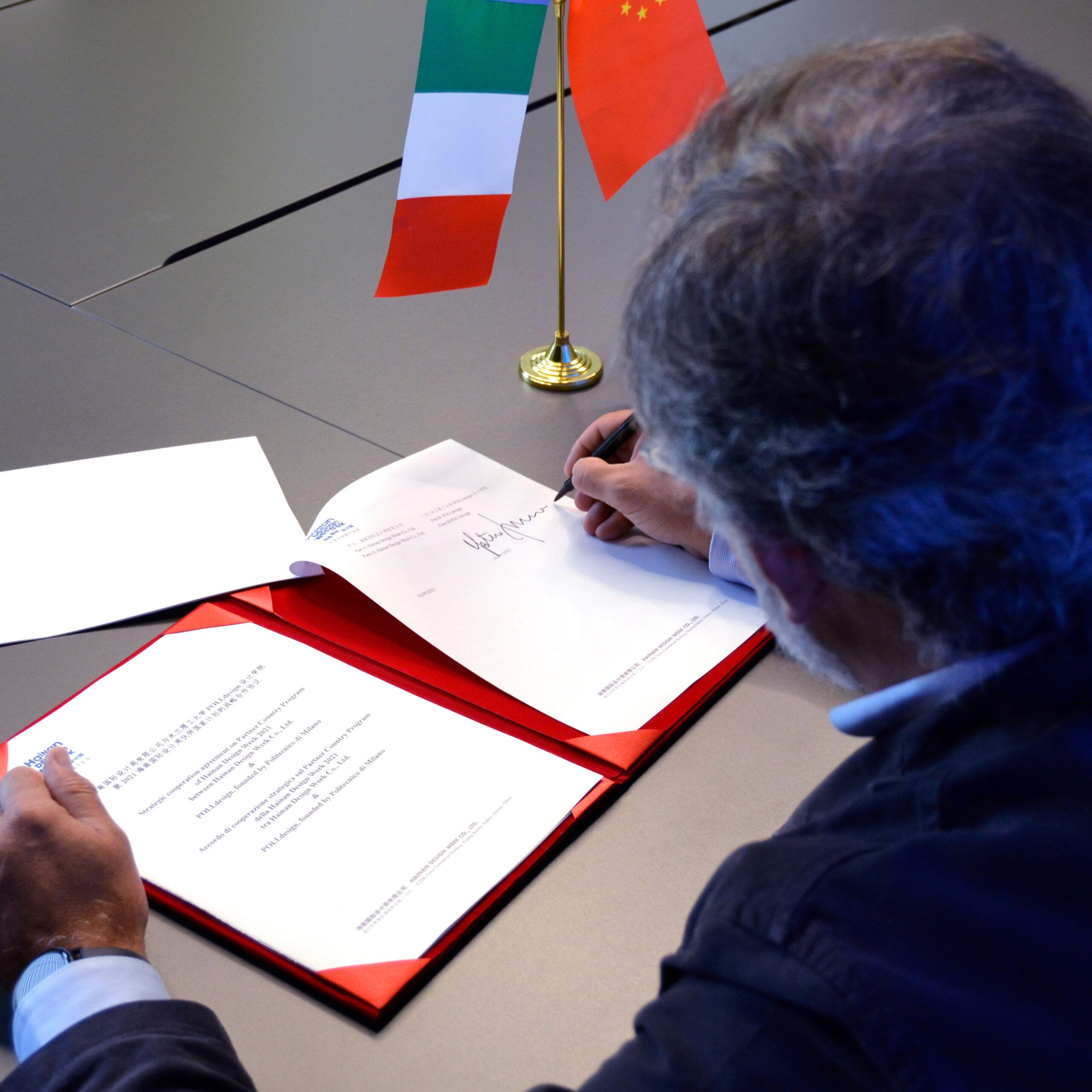Communication
Open Day 2025 | An opportunity to discover POLI.design’s Specializing Masters and Advanced Training Courses
Sensitaliani workshop and study tour in Milan are part of SENSITALIANI, the international project for the promotion of Italian design which, from March to December 2021, illustrated the history and peculiarities of this sector, a multidisciplinary set of skills, creativity, research and entrepreneurship.
From June 22 to June 28, 2022, the workshop and the study tour in Milan will conclude the project. In particular, the workshop Performing Michelangelo intends to investigate new possibilities in the field of exhibition and visual design through the analysis of two main reference of the Italian approach to it: on the one hand, the permanent exhibition by the BBPR group for the Museum of Ancient Art at the Castello Sforzesco (1954 / 1956 and 1963), on the other hand, the performative and visual installation by Bruno Munari for the Sposalizio della Vergine painting by Raffaello at the Pinacoteca di Brera in 1976.
Students will work in the space of the Spanish Hospital, a building inside the Cortile delle Armi of the Castello Sforzesco, constructed during the Spanish domination and renovated by architect Luca Beltrami in the early 20th Century, now the permanent home of the Pietà Rondanini, an unfinished work by Michelangelo, set up in this space by architect Michele De Lucchi in 2015.
The exercise proposes an extension of De Lucchi’s display through the design of temporary installations that will favor a specific point of view on the artwork and the architectural space; illuminate a hidden aspect through the use of visual filters, changes of perspectives or installation expedients as site-specific furnishings, lights or new technologies, which act as temporary visual tools, between the visitors, the space and the work of art.
Students will design an ephemeral exhibition tool that reveals or draws attention to something overlooked, hidden, unseen, or absent in the actual display through the analysis and the relationships of three main aspects: the artwork, the visitors and the architectural space (dimensions, hierarchies, how it is used by the public, lights).
